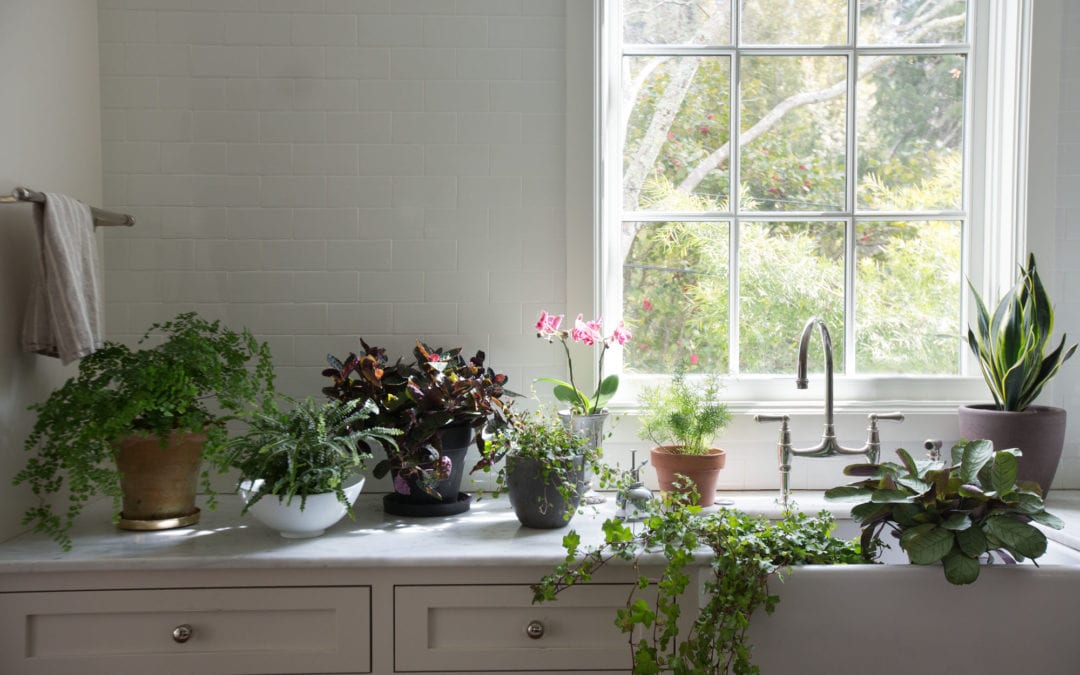October is such a transitional time, a month that seems to teeter on the edge of a climatic cliff. Colors change as deep green foliage morphs into mellow butter yellow or fiery scarlet. Forms change as plants drop their leafy garb to expose the structure of bare bones. Sounds change as migratory birds mass on the telephone wires to chat and plan travel routes. Who doesn’t love these windy, slightly crisp, fall days when you can walk through the woods and watch leaves dance and listen to acorns beat out a rhythm as they fall to the ground.
Amaryllis are the ultimate holiday plant. If you planted them last year and kept them growing through the summer with plans to revive them, now is the time to remove the bulbs from their pots and carefully clean them. Place in a dark, cool and dry place for 8 to 10 weeks before re-potting. Re-plant your bulbs in well-drained containers about an inch larger than the diameter of the bulb. Water sparingly until new growth emerges, then move into a sunny window. New bulbs should start arriving in the Garden Center mid-October.
Now that the nights are falling below 50 degrees, it’s time to check any houseplants that have spent the summer months outdoors for insects and disease. Treat them appropriately before bringing them into the house. Infestations can move quickly from infected plants to healthy ones. And pay attention to where you are putting those plants in your house when you bring them back inside. High light plants like Ficus, Crotons and Hibiscus will need to be sited near your sunniest windows and out of cold drafts to help avoid leaf drop. Spots near heating ducts should also be avoided.
And if your houseplants grew a lot during the summer, prune them back to a more manageable size. Keep in mind, that if you reduce the size of the top growth significantly, you should also reduce the frequency of watering. Over-watering is the most common killer of houseplants, so water only when your plants really need it. As the days shorten and the temperatures cool, houseplants will be going into semi-dormancy and growth will slow or stop until spring.
Correct watering is crucial for cacti and succulents. Large barrel-type cactus should not need any water until spring. Keep them in places with high light and cooler conditions.
Switch to a bloom boosting fertilizer for your orchids and fertilize them every third time that you water. Water, water, feed is the orchid mantra. Make sure potting medium has been freshened and replenished to provide the perfect drainage that your orchids require.
Now that days are cooling, it’s perfect weather for planting spring flowering bulbs like daffodils, tulips and crocus. Dig the holes 2 to 3 times deeper than the height of the bulbs. If you can’t decide what the top is and what the bottom is of each bulb, place them sideways in the bottom of the hole. Nature knows the difference between up and down. A dose of bulb fertilizer will get the roots developing nicely, and don’t forget to water if the weather is dry. If you have issues with squirrels, clean up thoroughly. We’ve seen some squirrels follow bits of discarded tulip husks like they were a trail of breadcrumbs!

